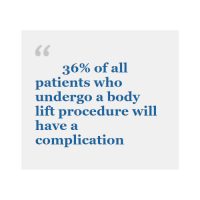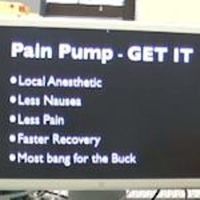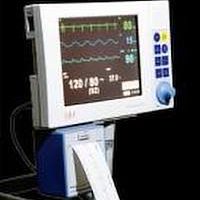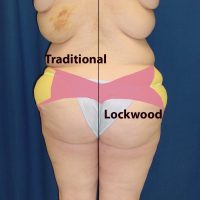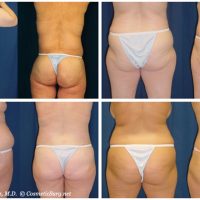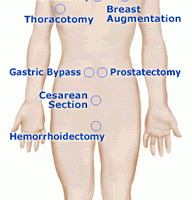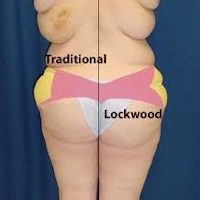
The cost of a body lift can vary significantly based on the scope of the procedure and additional expenses. According to the American Society of Plastic Surgeons (ASPS), the average cost of a lower body lift surgery is $9,449, but that only covers the surgeon’s fee. It doesn’t include things like anesthesia, operating room, and other associated costs. Meanwhile, RealSelf reports an average cost of $16,425 for a body lift, with patient reviews indicating a range from $10,300 with insurance to as much as $40,000 out of pocket.

